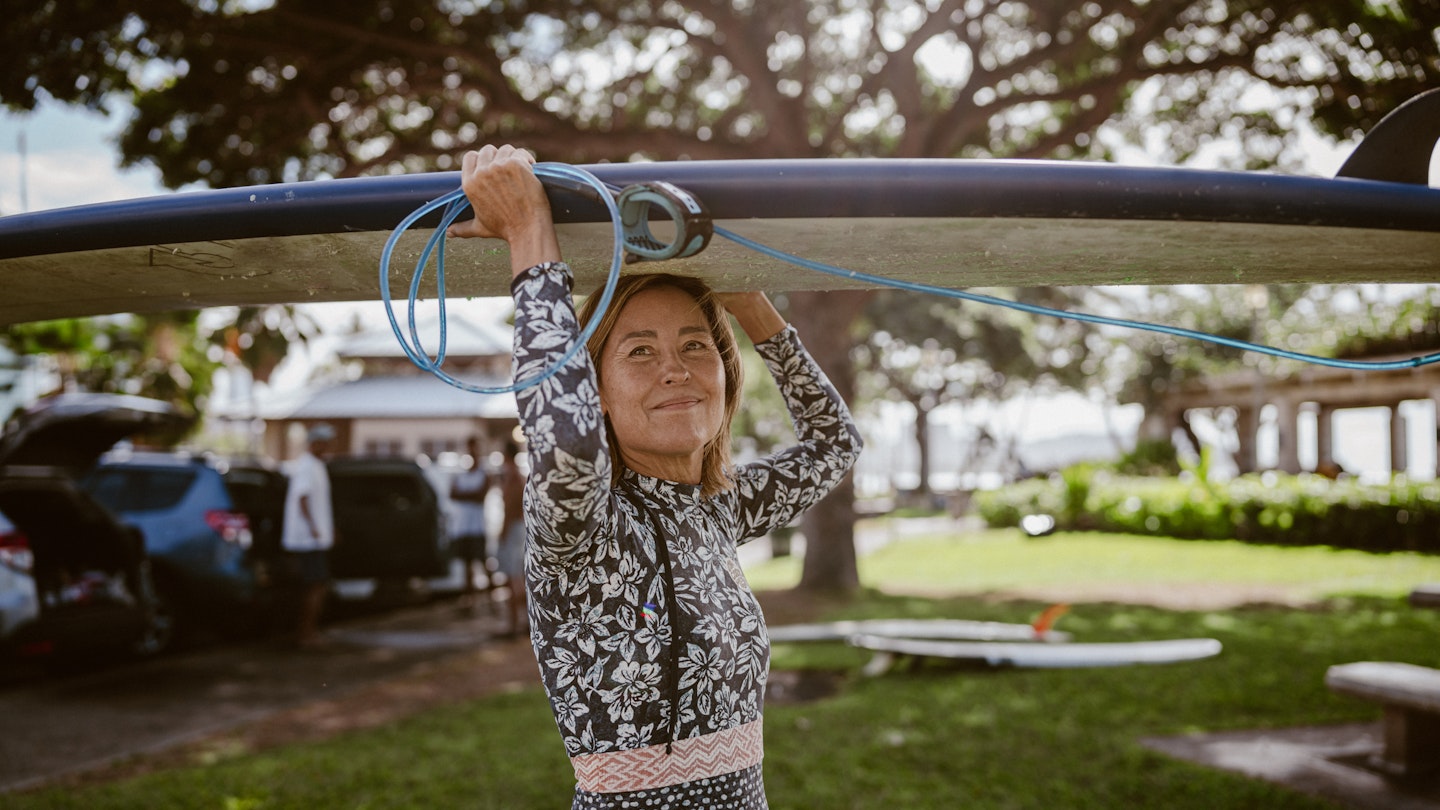The Best Times to Visit Hawaii
With year-round sunshine and balmy weather, any time is a great time to visit Hawaii. However, it is worth noting that there are subtle differences in weather, crowds, and prices throughout the year.
Most visitors travel during school breaks, making summer and mid-spring particularly busy. Notably, the busiest time in Hawaii is winter—specifically the last two weeks of December through early January—as travelers seek refuge from colder climates. During this peak time, prices for airfare and hotels reach their highest. Cheaper rates can be found during late spring and fall, particularly before Thanksgiving.
In terms of temperatures, summer averages around 85°F, while winter sits at approximately 78°F. Summer tends to be drier and hotter, whereas winter often brings rain. Continue reading for more tips before planning your next vacation to the Islands.
June to August: Busy Yet Perfect Weather
If you want to experience Hawaii at its best, summer is the ideal season. The days are long, the weather is mostly sunny, and there are countless activities to engage in. However, families are on vacation, making this peak travel season. Expect higher prices on flights and accommodations, along with longer lines at popular attractions.
Surf conditions are prime on south-facing shores, such as Waikiki on Oʻahu and Poʻipu on Kauaʻi, with outdoor events and festivals taking place across all islands. Highlights include the King Kamehameha Celebration Floral Parade in June and numerous summer festivals, featuring traditional dancing, music, and food. Most plumeria trees bloom by this time, and mangoes will start appearing on menus at restaurants and farmers’ markets.
September to October: The Most Economical Time to Visit
Fall is typically slower in Hawaii, offering fewer crowds while still boasting warm temperatures, averaging a high of 88°F. Airfare from the US mainland usually drops, making it easier to find deals on hotels as well.
Evenings are pleasantly warm, perfect for a quiet dinner by the ocean. While this period falls under hurricane season, most severe weather tends to affect the islands in late summer and early fall.
November to January: Escape the Winter Chill, but Expect Crowds
Winter months are Hawaii’s busiest. Visitors can still relax on its beautiful beaches and enjoy the sun. The days begin to shorten in late fall, and November, especially Thanksgiving weekend, marks the start of the busiest travel period in Hawaii. Rooms can be in high demand, so early planning is vital. Although this season is pricey, deals on airfare may still be available.
This season brings enormous surf to the islands’ north shores, with professional surfers participating in various competitions, including the prestigious Triple Crown of Surfing. The Honolulu Marathon in December attracts thousands, showcasing the festive atmosphere of the season.
February and Early March: Rain and Relaxation
Late winter is favorable for budget travelers and those seeking tranquility. Discounts on flights and accommodations are commonly found, and the beaches and attractions are less crowded compared to peak seasons.
While winter months can bring rain, showers are usually brief and localized. Additionally, farmers’ markets are thriving, featuring fresh tropical fruits that are ideal for exploration and enjoyment.
Mid-March to Early April: Family-Friendly Fun
Spring is a quieter travel season, aside from spring break. This period features comfortable weather, perfect for outdoor activities with family. While prices are lower than in peak seasons, the ocean remains calm, making it suitable for swimming and snorkeling.
Indoor attractions are also plentiful, offering various activities to keep children entertained during rainy days. Don’t miss the opportunity for cultural experiences like luaus, which may still have availability at this time.
May to June: A Romantic Getaway
Hawaii is among the most romantic destinations globally, and visiting during the quieter periods enhances the magic of the experience. Just before summer peak season, visitors can find affordable flights and accommodations.
With mid-80s temperatures and minimal rain, this time is perfect for hiking, beach walks, and exploring charming neighborhoods. Consider visiting Hawaii Volcanoes National Park, as it is less crowded and the weather remains favorable for outdoor activities.




